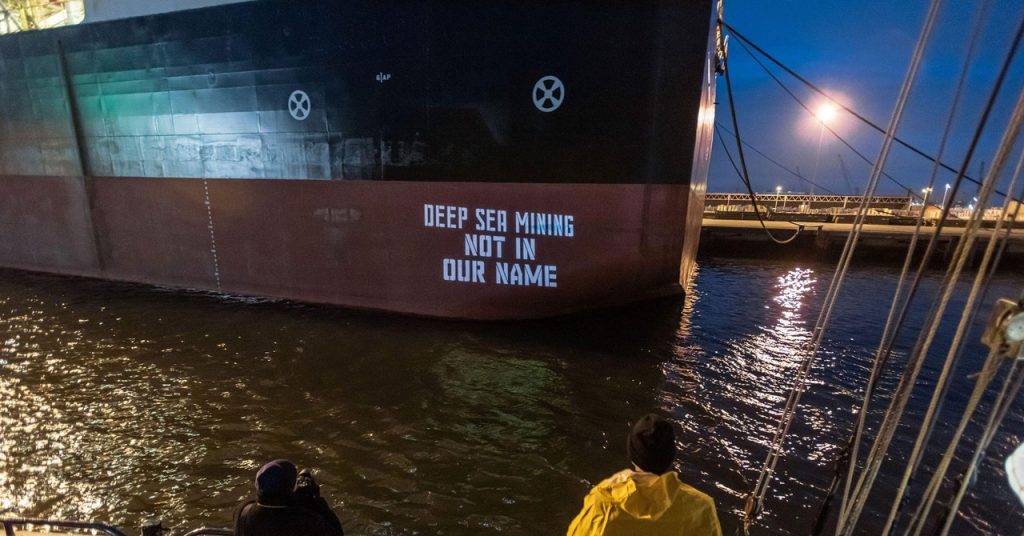Examining the Impact of Deep-Sea Mining Versus Terrestrial Mining
The Comparative Abundance of Life in the Abyss
In a comprehensive comparison, Barron suggests that the biodiversity found in the deep reaches of the ocean, particularly in the abyssal zone, does not match the teeming life evident in lush ecosystems such as Indonesia’s rainforests. This region is known for its extensive nickel mining operations. Despite the discovery of 5,000 new species in the Clarion-Clipperton Zone (CCZ) within a single year, 2023, Barron views the potential disruption of this marine habitat as a necessary sacrifice. He articulates a complex trade-off, reasoning, “At the end of the day, it’s not that easy. You can’t just say no to something. If you say no to this, you’re saying yes to something else.” This pragmatic perspective opens up a debate on the pressing needs of modern technological advancements against environmental conservation efforts.
Navigating the Path Towards a Clean-Tech Future
The discourse around the extraction of minerals from the ocean floor is fueled by the drive for a clean-tech revolution, with protagonists like Barron advocating for the disruptive nature of deep-sea mining as a means to an end. The opposing camp, represented by figures like Proctor, challenges this notion with the argument for a circular economy. Proctor’s skepticism is rooted in the observation that the quest for critical minerals, ostensibly for green technology, does not preclude their use in consumer-centric devices prone to obsolescence, such as smartphones and laptops. The ethical dilemma arises from the mining industry’s narrative versus the reality of e-waste and the lifecycle of consumer electronics. Proctor expresses dismay over the prevailing culture of disposability and planned obsolescence, highlighting a contradiction in the exploitation of so-called “critical” materials.
Treasures in the Trash: Rethinking Resource Utilization
The assertion that critical minerals might be the next fossil fuels in terms of environmental impact invites a reassessment of our resource extraction and consumption patterns. Lamp raises an interesting point about the paradox of mining in remote and ecologically sensitive areas like the deep sea, only to dispose of the extracted metals in landfills. This scenario underscores a need to reevaluate the principles of reduce, reuse, and recycle by incorporating repair and reimagination into our approach to consumer products. Emphasizing the potential for “second life” applications of technology, such as in the recycling of solar panels and EV batteries, the report advocates for a broader, more sustainable use of resources that encompasses a comprehensive strategy beyond mere recycling.
FAQ: Deep-Sea Mining and Its Environmental Implications
Q: Why is deep-sea mining considered necessary?
A: Deep-sea mining is viewed as necessary by some for accessing critical minerals required for the advancement of clean technology and the transition to renewable energy sources.
Q: What are the environmental concerns associated with deep-sea mining?
A: Environmental concerns include the disruption of untouched marine ecosystems, potential loss of biodiversity, and the broader impacts on global ocean health.
Q: Can a circular economy mitigate the negative effects of mining?
A: Advocates for a circular economy argue that by emphasizing the reduction, reuse, recycling, repair, and reimagination of products and materials, we can lessen the environmental footprint of mining activities and reduce dependence on virgin materials.
Q: How does consumer culture contribute to the problem?
A: The prevailing consumer culture, characterized by disposable electronics and obsolescence by design, contributes significantly to e-waste. This not only wastes critical minerals but also exacerbates the environmental issues associated with mining for new materials.
